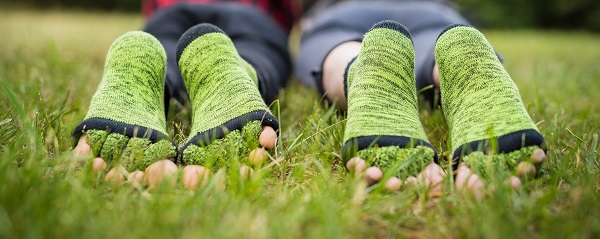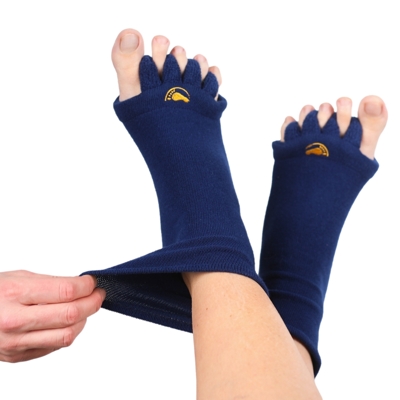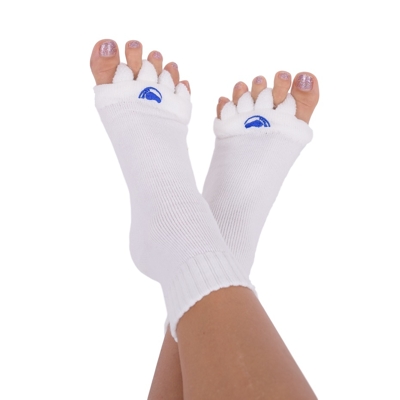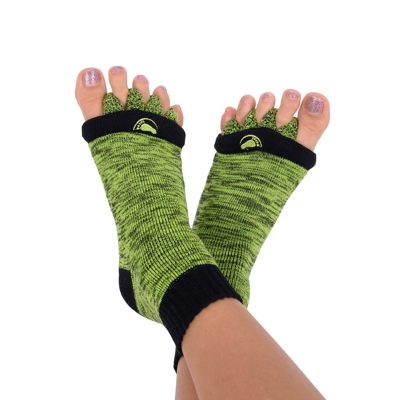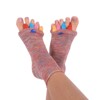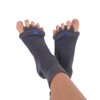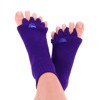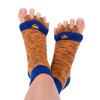Do you think you have flat feet? Take a look at some of the most common symptoms
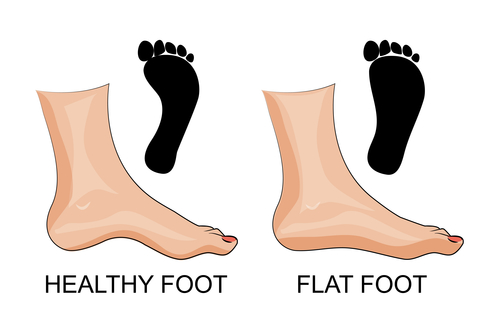 Are you worried about flat feet? Transverse flat feet are a deformity that most frequently affects adult women who wear high-heeled shoes. However, complications can also be experienced by children from an early age. Take a look at some of the most common symptoms of transverse flat feet and also treatment methods that can help avoid and prevent complications in the future.
Are you worried about flat feet? Transverse flat feet are a deformity that most frequently affects adult women who wear high-heeled shoes. However, complications can also be experienced by children from an early age. Take a look at some of the most common symptoms of transverse flat feet and also treatment methods that can help avoid and prevent complications in the future.
What is a transverse flat foot?
Our feet have a very complex structure, simply due to the many functions that the feet have to perform. Disruptions to the structure of the foot lead to deformities, one of which is transverse flat feet. The name is derived from the transverse arch, which crosses the longitudinal arch. Longitudinal flat feet can also occur, this time along the longitudinal arch, although this is most commonly a combined deformity of both arches. This deformity affects not only the bones, but also the muscles and ligaments we have in our feet.
Most common symptoms
We generally define three stages of flat feet. In the first stage you don’t feel any pain, but your arch has already fallen somewhat, with the heel in a valgus position. This means that the heel has slightly drifted outwards. In this case, active steps can be taken to correct the deformity and return the foot to its original condition with no great difficulty.
During the second stage, you experience pain in your foot. Swelling might appear on the foot, and you might feel that your feet are heavy, or tingle. The arch can still be corrected by taking an active or passive approach.
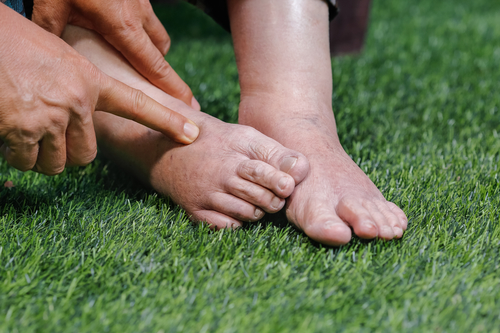
The third and final stage involves a completely stiff and painful flat foot accompanied by stiff muscles, arthritis of the joints, deformities of the toes and bruises on the pads. By this time, treatment is more complicated and in some cases surgery may be needed.
Causes and consequences of flat feet
Do you think that only adults suffer from flat feet? That is not the case. The causes originate in childhood and flat feet can be diagnosed in children from the age of four. The most common cause is particularly children starting to wear shoes too early, the use of walkers with children who are not yet ready to walk, booties that are too small, and excessively long walks. However, causes in childhood do not end there. In slightly older children rapid growth or excessive sports can lead to flat feet.
Other high-risk times of life include pregnancy and menopause, where increased body weight and hormonal changes play the biggest role. Excess weight in adults is also a factor. Other causes of flat feet include poor posture and unsuitable footwear, the latter being one of the most often underestimated reasons. Walking for a long time in high-heeled shoes often leads to flat feet and further problems, which you can read about in some of our other articles, such as The most common causes of foot pain and how to deal with them, and Have you heard of Morton's neuroma? Heredity or hypermobility also play a major role here. Injuries such as fractures of the metatarsal bones or heel bone can also cause flat feet.
Treatment methods
There are active and passive methods for treating flat feet. One of the most common forms of active treatment is physiotherapy, otherwise known as rehabilitation. There are countless exercises that your physiotherapist can help you with. Other active therapy methods include walking barefoot on an uneven surface, walking on the outer side of the sole, or swimming. Passive forms of treatment include foot massages, foot mobilisation, kinesio taping, orthopaedic insoles, showering while alternating between warm and cold water, or regularly wearing Alignment Socks.
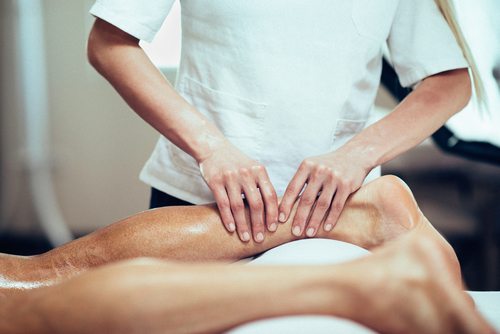
We recommend choosing and implementing the most suitable combination of the aforementioned active and passive methods. However, we recommend that you always discuss the treatment of the third stage of the deformity with your doctor, or with a physiotherapist.
Think about prevention
The best means of combating flat feet is prevention. Take preventive steps to protect your foot, such as wearing Foot Alignment Socks coupled with a healthy and active lifestyle, and avoid unpleasant pain.
